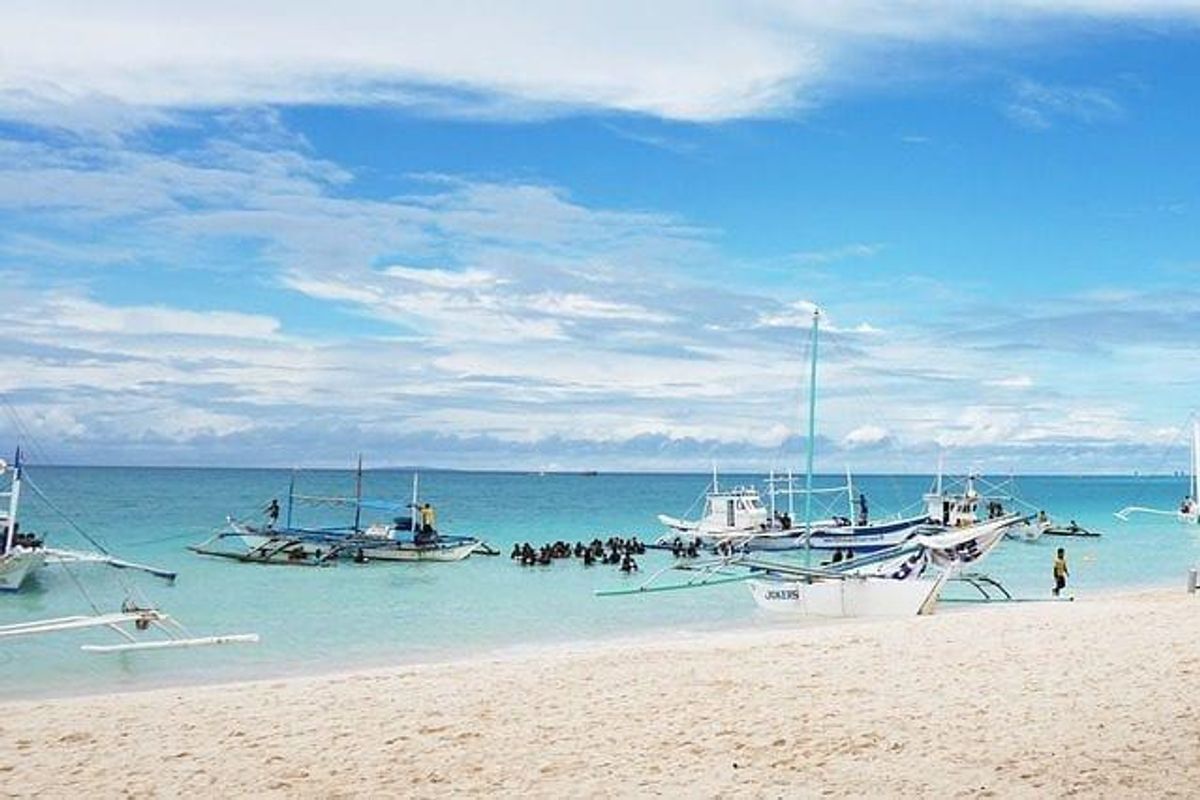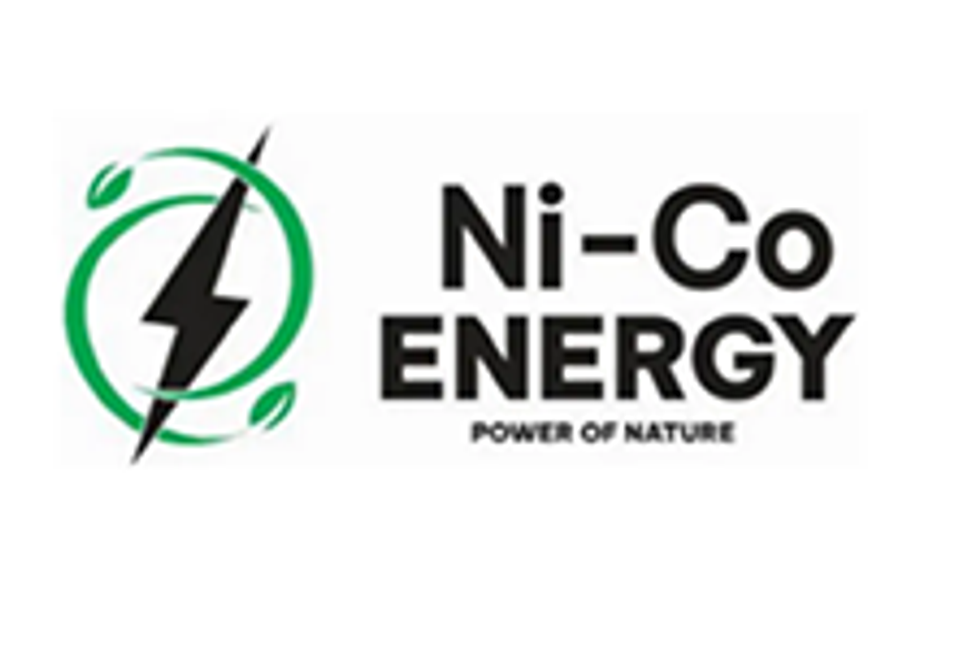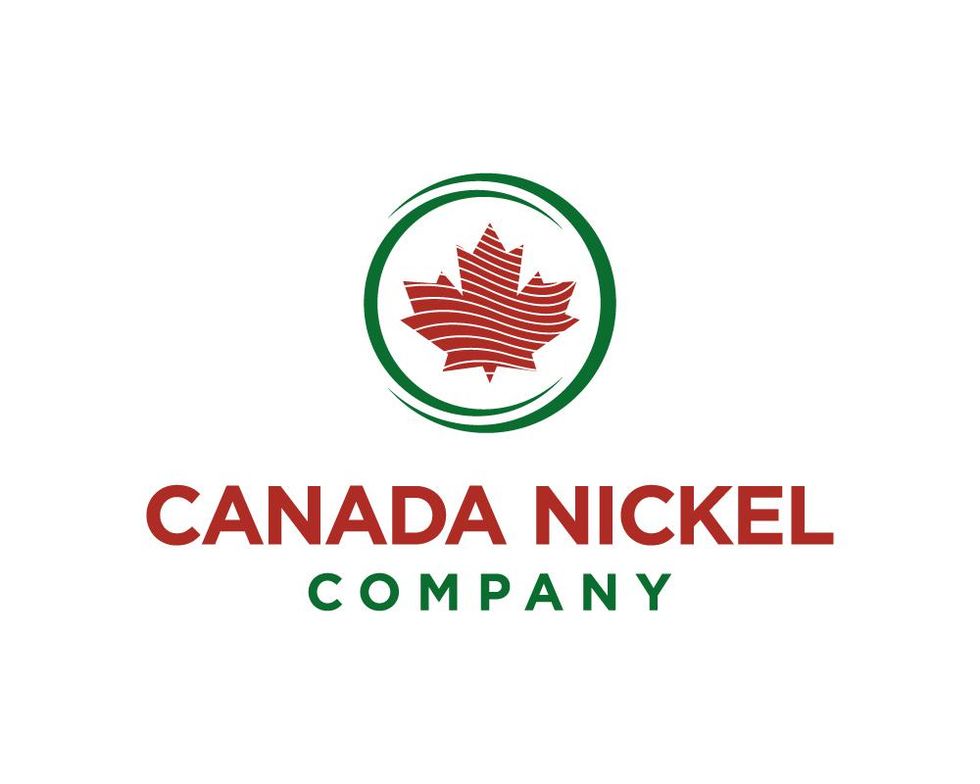
Nickel mining in the Philippines has changed drastically this year, and the direction it goes moving forward will impact the global market.
Nickel mining in the Philippines has changed drastically over the last year or so. What was once “one of the most liberal mining regimes in Southeast Asia” is now the subject of a government crackdown that shows no sign of relenting.
A shifting political landscape in 2016 and 2017 led to strong anti-mining sentiment, with new President Rodrigo Duterte taking a hard line against resource extraction.
Many are now wondering whether the Philippines will be able to regain its status as the world’s top producer of nickel, a position it held for many years. Last year it lost out to Indonesia, a country that has capitalized on the current situation in the Philippines and kicked its production into high gear.
Despite these developments, some members of the Philippines’ mining space remain hopeful that the industry will be able to thrive once again. For now, one thing is certain: the direction the Philippines goes with its mining policy moving forward will impact the global nickel market.
Nickel mining in the Philippines: Shifting politics
In June 2016, Philippine President Rodrigo Duterte appointed environmental advocate Regina Lopez as head of the Department of Environmental and Natural Resources (DENR). Lopez immediately audited the country’s mines and ordered over two dozen to shut down due to environmental concerns. A country-wide ban on all prospective open-pit mining projects was also established.
The aggressive play was met with controversy and backlash from the country’s mining industry and parts of the government — Lopez’s appointment to her position was ultimately rejected by the government’s Commission on Appointments.
In her place, former military general Roy Cimatu has been appointed as the leader of DENR. Cimatu’s outlook on the mining industry is thought to be more moderate. Speaking in May 2017 about the negative publicity faced by the mining industry, Cimatu stated, “[i]t is time to reverse this and disabuse the public’s mind about the many misinformation and disinformation they have heard about mining.”
Despite that statement, the fate of the Philippines’ mining industry remains uncertain. In mid-2018, 23 of the Philippines’ shuttered mines passed an initial review for compliance with state regulations. What’s more, the government quietly lifted its six-year ban on approvals for small-scale mining developments, and removed a two-year ban on approving mining exploration permits.
However, officials have said the removal of the mining exploration permit ban will have little impact because it will remain difficult to push new mining operations forward. In addition, just before that happened, Duterte again mused that he would end mining “one of these days.”
Nickel Asia is the largest nickel producer in the Philippines. Its mines include Rio Tuba, Taganito, Hinatuan and Cagdianao. Other companies in the space include Benguet, Platinum Group Metals, Berong Nickel and Eramen Nickel, which is owned by Eramen Minerals. All have faced DENR-ordered mine suspensions with the exception of Nickel Asia, whose Hinatuan operation was closed voluntarily.
Nickel mining in the Philippines: Global impact
Despite the Philippines’ effect on the nickel price early in 2017, it’s having less of an effect in 2018. Nickel prices have generally trended upward so far this year, and some say that high nickel prices will be sustained in 2018 due to rising demand from China.
According to the Economic Times, Chinese imports of nickel ore have more than doubled, hitting 6.6 million tonnes in Q1 2018. The Philippines’ mining woes have also had less of an effect due to an increase in production from Indonesia. This boost has leveled out the shortage left by the Philippines.
Other global events have also bolstered the metal, namely the news that Vale (NYSE:VALE) may mothball its New Caledonia mine, and US sanctions imposed on Russia and its allies. The New Caledonia mine was the world’s fourth-largest nickel producer, so the news of its potential closure has had a positive impact on nickel prices. The same goes for the US sanctions, with fears spreading that they will impact Russian mining giant Norilsk Nickel (OTCMKTS:NILSY), the world’s second-largest nickel producer.
As a whole it would appear that although the Philippines held the top spot for nickel production for a long time, the world has marched onwards while the country deals with its setbacks. That said, if miners and the government gain better relations once more, and production is revived, it would no doubt send a large ripple through the industry.
Nickel mining in the Philippines: Other considerations
Aside from the political considerations mentioned above, those interested in nickel mining in the Philippines should also be aware that many mining tenements in the country are in the ancestral territory of indigenous tribes. Mining companies sometimes face opposition from locals on certain pieces of land for this reason, and the conflicts that ensue can be complex and bloody.
For instance, in 2011, members of a Filipino tribe protested a mining venture on Palawan, an island in the country. The tribe did not want its ancestral land being used for mining and involved NGO Survival International, which campaigns for the rights of indigenous peoples. Other protests on the same grounds have occurred in the past.
The Philippines’ mining policy, which was enacted in 2012, was aimed at combating such issues. The primary objectives of the policy are to ensure that the country’s government gets a share of mining revenue, that the environment is protected and that mineral resources are used responsibly. Other efforts have recently been made to create consistency between local and national laws and policies on mining and help improve the regulation of smaller mining operations.
This is an updated version of an article originally published by the Investing News Network in 2014.
Don’t forget to follow us @INN_Resource for real-time news updates!
Securities Disclosure: I, Amanda Kay, hold no direct investment interest in any company mentioned in this article.





